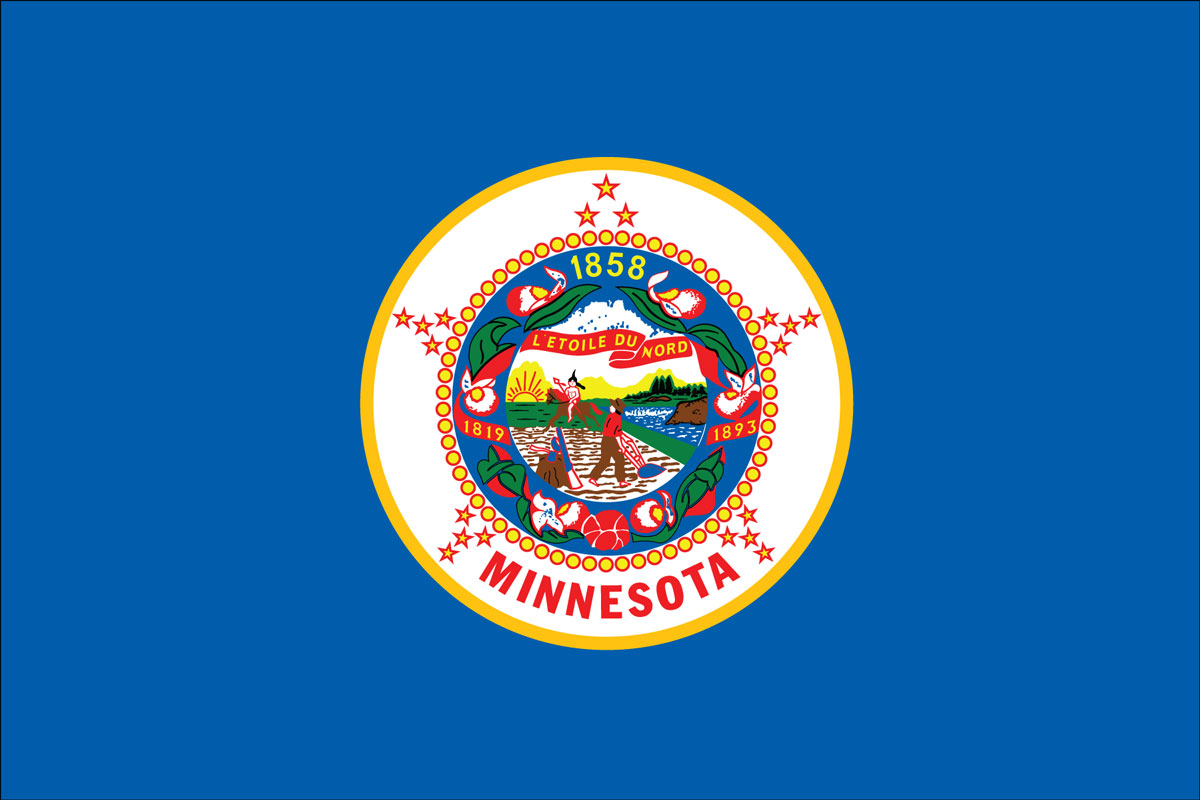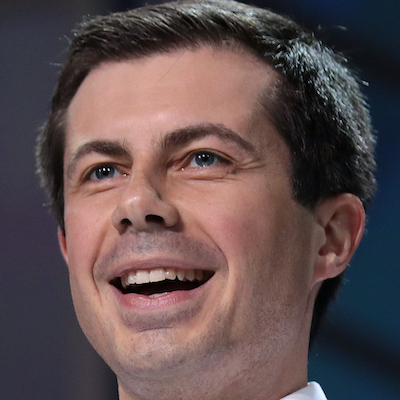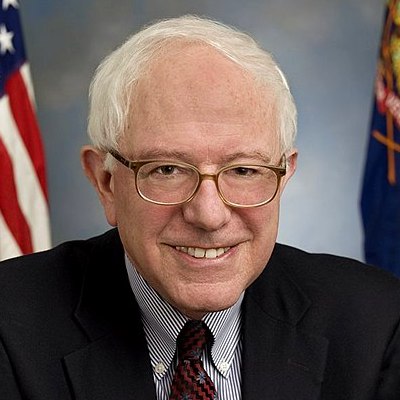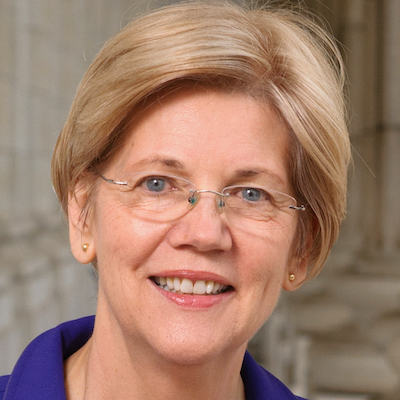Minnesota Ranks 10th in the Country on Jobs for People with Disabilities
by Demetrious Lara
In the run up to the 2020 Minnesota Democratic primary, the nonpartisan disability rights nonprofit RespectAbility has released its latest Minnesota State Voter Guide. According to the recently released 2019 Annual Disability Statistics Compendium, the total number of Minnesotans with disabilities is 608,744, and they make up 11 percent of the population.
Research conducted in the 2018 election shows that 74 percent of likely voters either have a disability themselves or have a family member or a close friend with disabilities. The upcoming elections and their results will have an impact on people with disabilities, so it is important to become familiar with the candidates’ positions on certain issues.
“Candidates for office ignore the disability community at their peril,” said former U.S. Rep. and Dallas Mayor Steve Bartlett. Bartlett, who was one of the coauthors of the Americans With Disabilities Act of 1990, is the chairman of RespectAbility.
As a nonpartisan national nonprofit organization fighting stigmas and advancing opportunities so people with disabilities can participate fully in all aspects of community, RespectAbility has invited all candidates in the presidential race to submit their answers to a 2020 Disability Voter Candidate Questionnaire. This questionnaire covers some of the most important issues impacting people with disabilities including employment, education, immigration, criminal justice and accessibility.
Five high-profile candidates submitted their completed questionnaires earlier this year and you can find their responses below:
All responses to the candidate questionnaire will be posted in full on The RespectAbility Report as they come in and will be used to produce and update nonpartisan voter guides in all 50 states. It is the hope of RespectAbility that the remaining candidates will send their responses in soon.
Accessing the Ballot Box in Minnesota
Voters in Minnesota with disabilities can use an election judge or a person of their choice to vote in-person on their behalf, if that person is not the individual’s employer, union representative or a candidate running for office. Minnesota law also allows for “curbside voting,” if a voter cannot easily leave their car. Two election judges from each of the major political parties will supply the voter with a ballot. Afterward, the election judges will place the ballot in a ballot box on behalf of the voter. Minnesota voters also can use a ballot marking machine that can mark a ballot for them automatically. The machine can display the ballot in large print and can read the options aloud through the use of headphones.
A Focus on Employment
Data from the recently released 2019 Annual Disability Statistics Compendium indicates that there are 296,481 working-age (ages 18-64) people with disabilities living in Minnesota. Of this number, only 145,820 people with disabilities are employed. This results in a disability employment rate of 49.5 percent among working-age people with disabilities across the state The North Star State now ranks 10th relative to the 50 states in terms of the employment gap between working-age people with and without disabilities.
“The unfortunate fact is that stigma is still a driving factor in why almost two-thirds of working age people with disabilities are unemployed,” said RespectAbility’s Vice President, Communications, Lauren Appelbaum, who also serves as the managing editor of The RespectAbility Report, an online publication at the intersection of disability and politics. “However, there is good news this election cycle, as many of the candidates for the highest office in the land have made their campaigns accessible to people with disabilities. They are including us in their campaigns as staffers and consultants and ensuring that they have well thought-out disability policy plans.”
“The disability community is unique,” added Philip Kahn-Pauli, associate editor of The RespectAbility Report. “It is the only minority group that anyone can join at any time due to illness, injury, or aging. What that means is that there are people with disabilities in every state, and that the community’s interests intersect with so many issues, including race, gender, poverty, criminal justice and inequality.”
According to a Rutgers University study, 14.3 million citizens with disabilities voted in 2018. Those voters will be crucial as candidates vie for the presidency, as well as state-wide and local elections.
RespectAbility is a nonprofit, nonpartisan organization that fights stigmas and advances opportunities so that people with disabilities can fully participate in all aspects of their communities. RespectAbility does not rate or endorse candidates. The questionnaire is purely for educational purposes as voters go to the polls. RespectAbility has reached out to all of the presidential campaigns and will be posting all responses on The RespectAbility Report. Learn more about all of the candidates, including those who did not respond to the questionnaire: https://therespectabilityreport.org/2020-presidential-candidates-disability.





